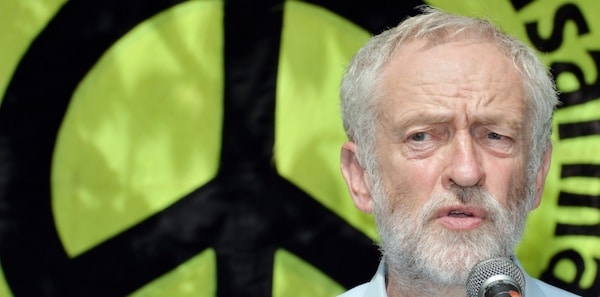We finally arrived in Gaza at around 7pm. Since there is no direct route into Gaza, we had to fly into Cairo before making the drive to the Rafah Crossing. I had lost count of the number of Israeli checkpoints we passed through–a daily reality for Palestinians living under apartheid. We were staying at the port near the Rimal district of Gaza City; out of the window, I could see Israeli patrol boats, which stopped Palestinian fishermen from sailing more than 3 kilometres out to sea.
In the morning, we made the short drive to Al-Shati refugee camp. Located on the Mediterranean coast in the north of Gaza, Al-Shati is otherwise known as ‘Beach Camp.’ Established in 1948, the camp initially accommodated around 23,000 refugees who had been displaced by the Nakba. By the time I visited in 2013, that number had grown to 90,000 people, cramped inside 0.5 square kilometres of land.
Inside Beach Camp is a primary school. Run by dedicated, hard-working teachers, the school’s philosophy was to create an atmosphere for discovery, music, theatre and art. Some of the children showed me their work. There were drawings of planes, fences and bombs. But there were other drawings, too: of their parents, brothers, sisters and friends.
Beach Camp was bombed on the 9 and 12 of October last year. Four mosques were destroyed, and at least 15 people were killed. On the 22 of June, the refugee camp was bombed again, killing 24 people who had gathered to pray.
I don’t know if the primary school is still standing. When I hear news of the bombardment of Gaza, I think about the children I met and wonder if they are still alive. In a just world, they would be planning their eighteenth birthday parties, studying for their exams and arguing with their parents over the dinner table. But our world is not just. Are they mourning for loved ones they once sketched, or are they buried under the rubble along with their childhood dreams?
In the aftermath of the attack by Hamas, many of us demanded an immediate ceasefire to prevent any further loss of life. We called for calm and de-escalation in the aftermath of unimaginable horror. And we warned our political leaders that statements of bloodlust would have consequences for months, years and generations to come.
A year later, the death toll in Gaza has surpassed 41,000. That doesn’t include those who are buried under the rubble or those who are likely to die from malnutrition, injuries and infection. Estimates from the Lancet put the true number at 186,000. That’s 1 in 12 people in Gaza, starved and slaughtered in the name of self-defence. Each one has a name, a face and a story. In unmarked graves lie artists whose paintings we will never see, authors whose books we will never read, and teachers whose lessons we will never learn.
We should be seeking justice for all war crimes we have witnessed over the past year. Instead, Israel is slaughtering thousands of people in Lebanon because it has been allowed to act with total impunity. Our government has fuelled the machinery of war, and their indifference to human life has endangered us all. All of this was entirely avoidable, if only political leaders had the willingness to uphold the universal application of international law.
Without further de-escalation, unimaginable horror is on the horizon. But as we stand on the brink of a major regional war, do not forget those who lie dead in its wake. Do not forget what has been taken from us, forever. Do not forget the people of Gaza, where genocide continues unabated.
We continue to march because we refuse to let the memory of Palestinians die. We continue to call for an end to all arms sales to Israel. We continue to speak up for the only path to a just and lasting peace: an end to the occupation of Palestine. After a year of genocide, we might ask ourselves why we bother to carry on when our demands have largely fallen on deaf ears. As long as there are Palestinians who dream of freedom, what choice do we have?
I remember, on our way home from Beach Camp, we passed a food-growing project. The project had purchased 50 hectares of a former Israeli settlement. All the buildings had been destroyed by those who had since departed, and Palestinians had turned the debris into a cooperative farm. Soon, I was told, olives and fruits would grow. I will never give up hope that these olives and fruits will grow–in a free and independent Palestine.

